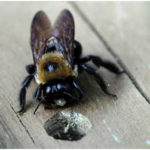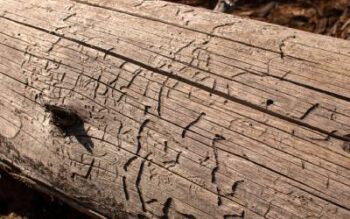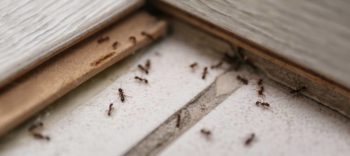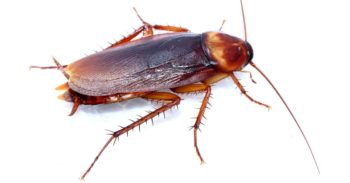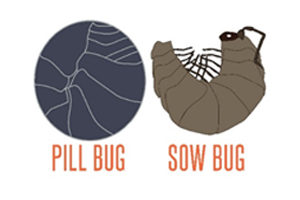 As a young child, I would see these in my basement, under stones, under rotting logs, under trash cans – typically dark and moist environments. I referred to these creatures as, “Miniature Armadillos” because of the way the pill bug would pull itself into a “ball” for protection! The sow bug reminded me of a Sow – a mother pig. The sow bug carries her young underneath her body for protection until they are ready to, “go on their own”.
As a young child, I would see these in my basement, under stones, under rotting logs, under trash cans – typically dark and moist environments. I referred to these creatures as, “Miniature Armadillos” because of the way the pill bug would pull itself into a “ball” for protection! The sow bug reminded me of a Sow – a mother pig. The sow bug carries her young underneath her body for protection until they are ready to, “go on their own”.
Often times the most amazing discoveries can be made in one’s own backyard. Take, for example, pillbugs and sowbugs; these are the little, grey, “armored” critters you commonly encounter if you turn over a rock, a piece of rotting wood, or a pile of decaying leaves, especially in damp areas. When revealed, you may have seen them curl into a tiny ball, or scurry away on several pairs of legs. Although they live on land, and may look like insects when only given a cursory glance, these animals are actually crustaceans, and have gills!
A pillbug (genus Armadillidium- and they really look like tiny armadillos!) is a little terrestrial crustacean (about ¾ inch long) that can be found on land just about anywhere. When we think of crustaceans, the aquatic types probably come to mind first – shrimp, lobsters, and crabs. Well, pillbugs and sowbugs are crustaceans too.
This means they’re more closely related to lobsters and shrimp than to bees and ants. (Crustaceans belong to a larger group of animals, the arthropods, which also includes insects, spiders, and others.) Pillbugs (which can roll into a ball) and sowbugs (which can’t) have had very successful lives on land, as there are now about 4,000 species of these critters, living just about anywhere from beaches to deserts.
The member of this group that we encounter most frequently is the common pillbug or roly poly (Aramadillidium vulgare). It used to live only in southern Europe, but was spread throughout Europe and then to North America by people.
…about Pillbugs and Sowbugs
Life Span
Average about 2 years, but can live up to 5 years.
In the wild: Predominately vegetarian, but considered omnivorous, feeding on fungi and live or decaying vegetation and animals. During periods of drought, sowbugs and pillbugs are capable of switching to a scavenger-like diet. At the zoo: Apples, oranges, romaine lettuce and monkey chow.
Sowbugs and pillbugs begin reproductive efforts in March and April. Two to three broods are raised during the summer. Each brood consists of 30-40 young, which are incubated for 34 days in the brood pouch. The brood pouch is located under the female’s body, between the second and fifth pair of legs. The pouch is filled with fluid which protects the young while they are developing.
Without any native species in North America, it’s flourished here! Wherever they go, these little critters play a big, important role– they eat decaying material, like plants and even dead animals, and through this process help recycle nutrients in the soil.
So, if you’re looking for a short-lived pet, you may want to consider a pillbug or sowbug – they take up little space, don’t eat expensive food, and live up to about three years! Also, if one looks closely, it’s even possible to find different coloration patterns on these tiny crustaceans,a possible feature of distinction and interest!
Mike Deutsch MS, BCE
Urban Entomologist
Arrow Exterminating Company, Inc.

